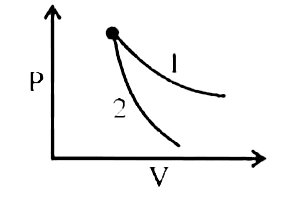p-V plots for two gases during adiabatic processes are shown in the figure. Plots 1 and 2 should correspond respectively to 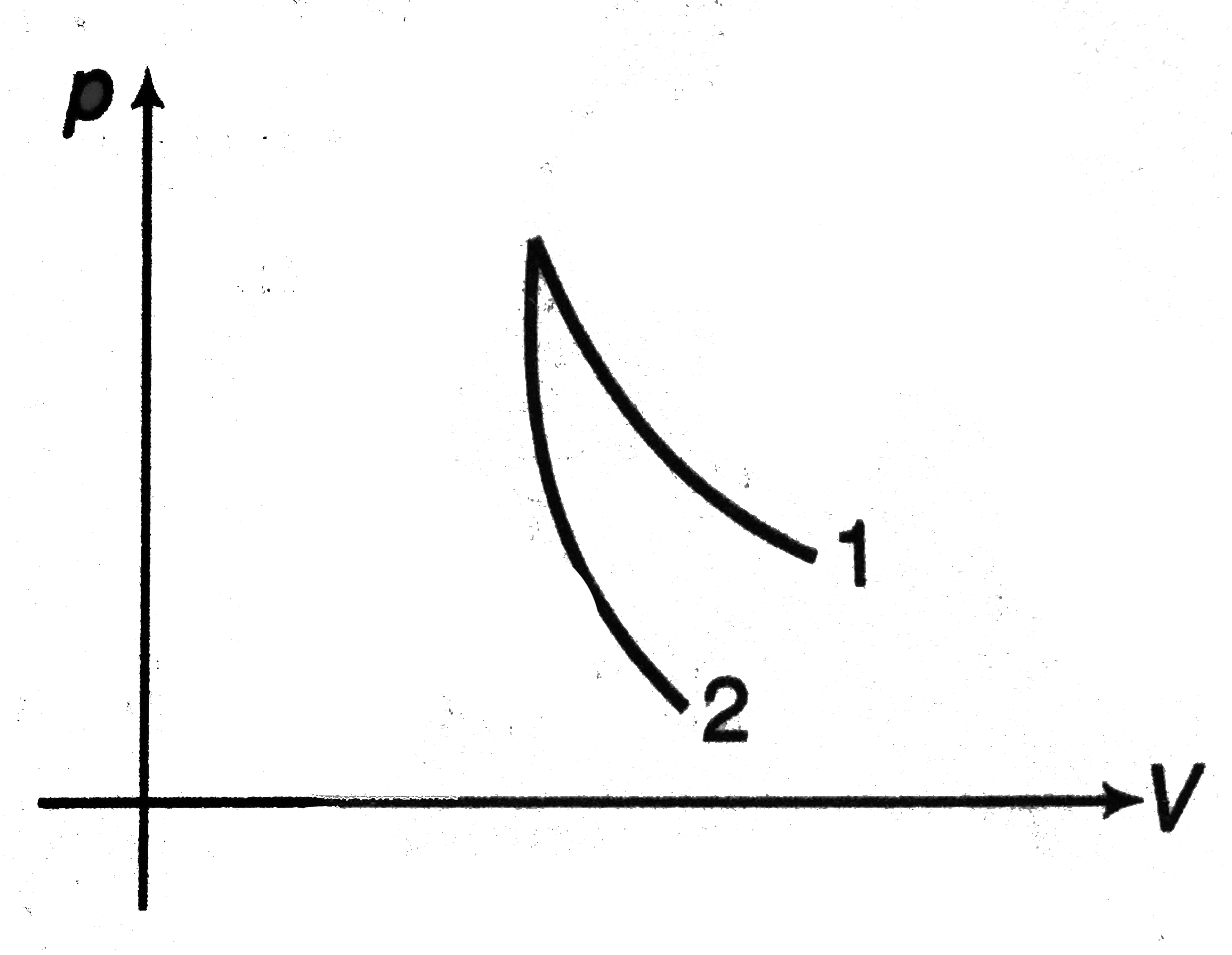
A
(a) He and O2
B
(b) O2 and He
C
(c) He and Ar
D
(d) O2 and N2
Text Solution
The correct Answer is:B
In adiabatic process:
slope of p-V graph, dpdV=−γpV
slope∝γ (with negative sign)
From the given graph,
(slope)2>(slope)1
∴ γ2>γ1
Therefore, 1 should correspond to O2(γ=1.4) and 2 should correspond to He(γ=1.67).
Hence, the correct option is (b).
|
Topper's Solved these Questions
- LAWS OF THERMODYNAMICSBOOK - DC PANDEYCHAPTER - LAWS OF THERMODYNAMICSEXERCISE - Example Type 1
2 Videos
- LAWS OF THERMODYNAMICSBOOK - DC PANDEYCHAPTER - LAWS OF THERMODYNAMICSEXERCISE - Example Type 2
1 Videos
- LAWS OF MOTIONBOOK - DC PANDEYCHAPTER - LAWS OF MOTIONEXERCISE - Medical entrances gallery
39 Videos
- MAGNETIC EFFECT OF CURRENT AND MAGNETISMBOOK - DC PANDEYCHAPTER - MAGNETIC EFFECT OF CURRENT AND MAGNETISMEXERCISE - Integer type Questions
10 Videos
Similar Questions
Knowledge Check
P-V plots for two gases during adiabatic processes are shown in the figure. Plots 1 and 2 should corresponds respectively to
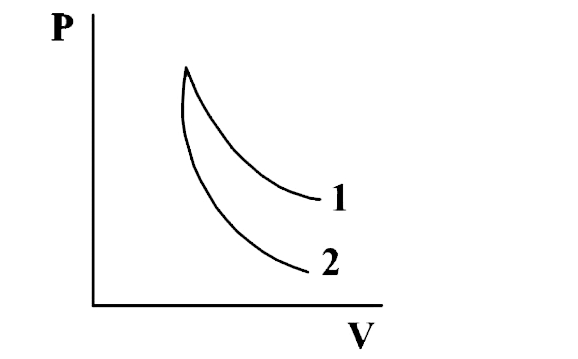 AHeandO2BO2andHeCHeandArDO2andN2
AHeandO2BO2andHeCHeandArDO2andN2P-V plots for two gases during adiabatic processes are shown in the figure. Plots 1 and 2 should corresponds respectively to
 AHe and O2BO2 and HeCHe and ArDO2 and N2
AHe and O2BO2 and HeCHe and ArDO2 and N2P−V plots for two gases during P4 adiabatic process are shown in the figure. Plots 1 and 2 should correspond respectively to
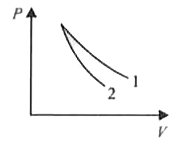 AHe and O2BO2 and HeCHe and ArDO2 and N2.
AHe and O2BO2 and HeCHe and ArDO2 and N2.
P−V plots for two gases during adiabatic expansion are shown in figure. Plot I and II should correspond respectively to :
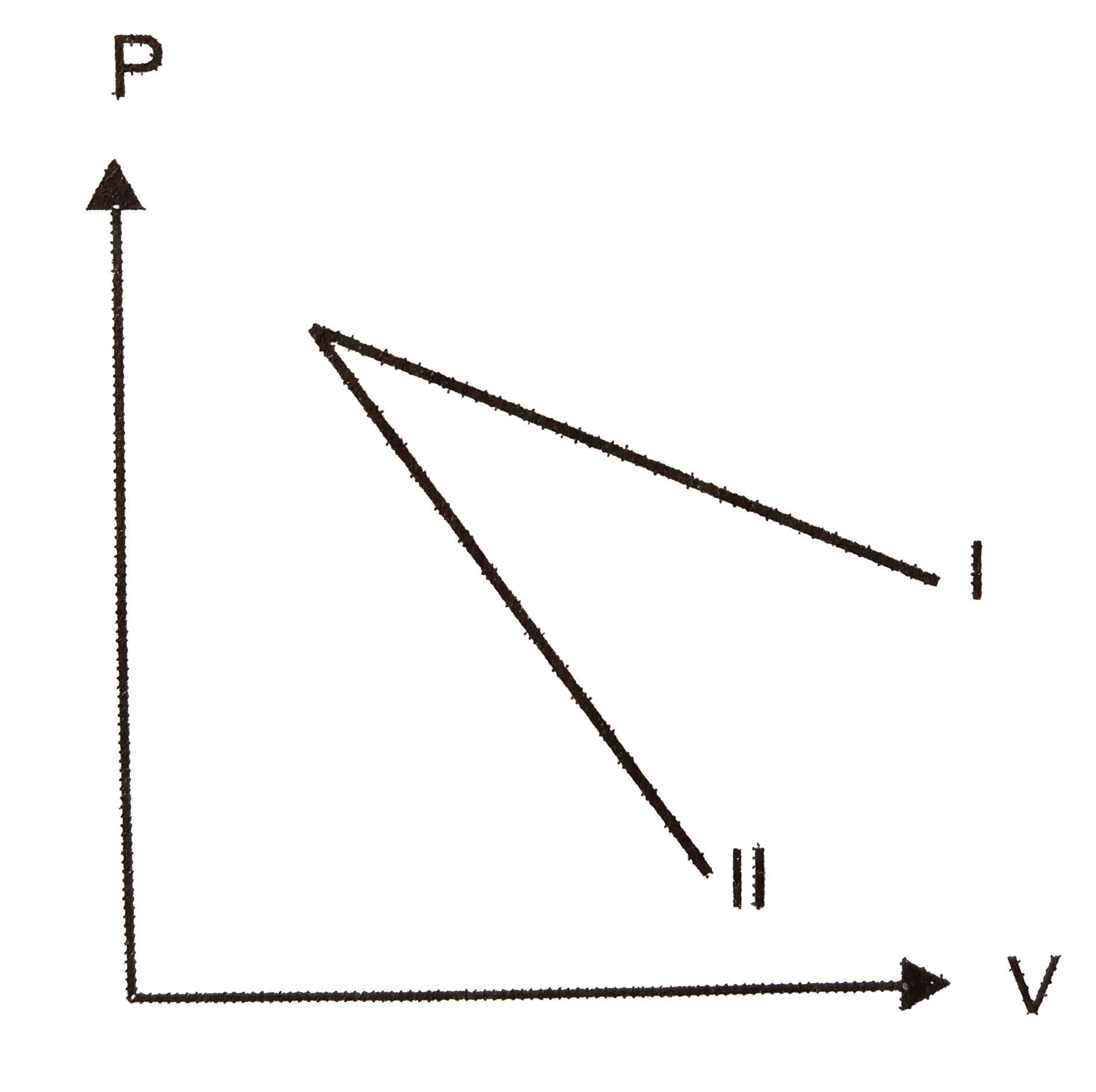
View SolutionP-V plots for two gases during adiabatic processes are shown in Fig. 15.9.6. Plot 1 and 2 should correspond respectively to
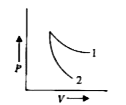
View SolutionP−V plots for two gases during adiabatic expansion are shown in figure. Plot I and II should correspond respectively to :

View SolutionP−V plots for two gases during adiabatic expansion are shown in figure. Plot I and II should correspond respectively to :

View SolutionP-V plots for two gases during adiabatic processes are shown in the figure. Plots 1 and 2 should corresponds respectively to

View Solution

